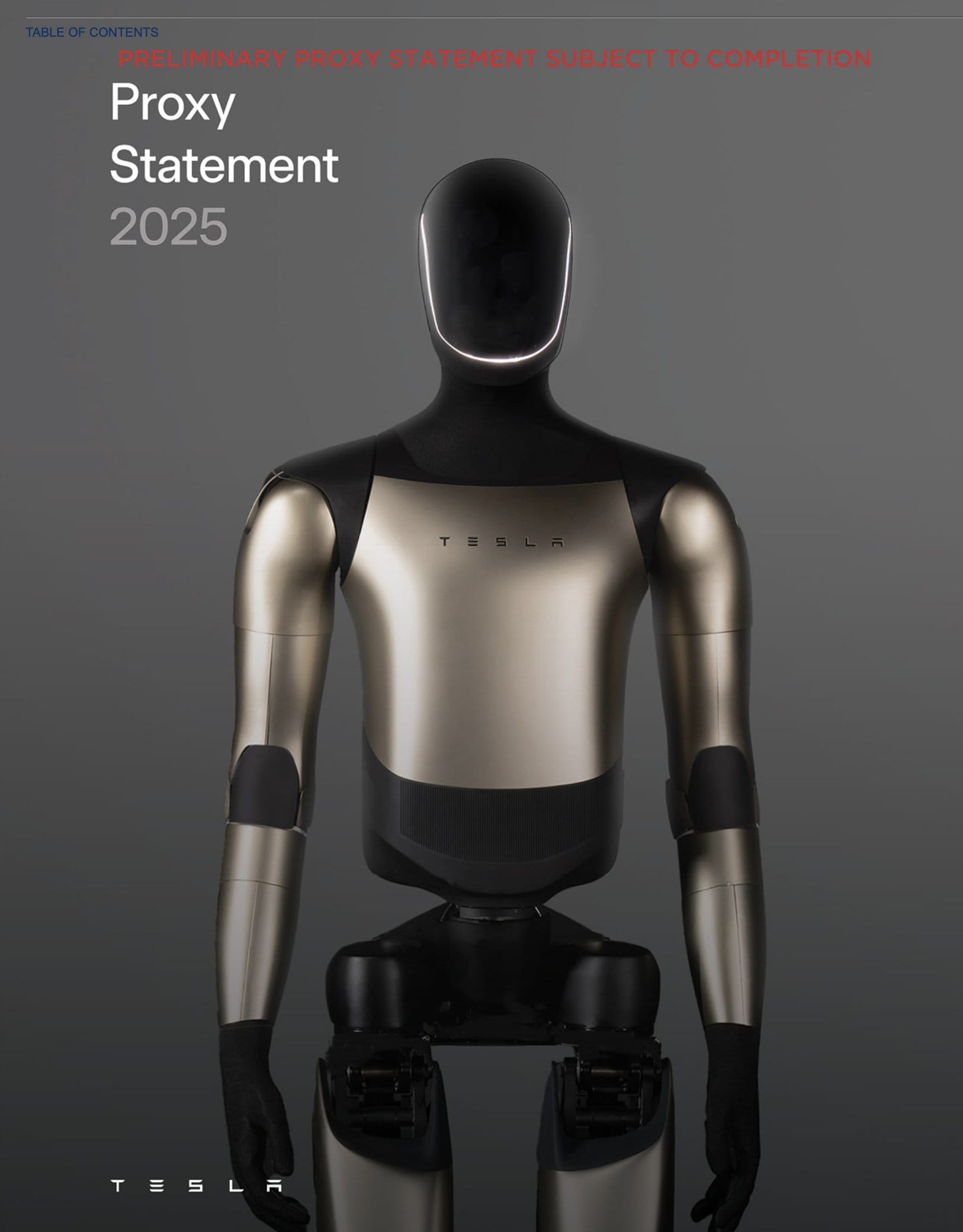Tesla enters the fall of 2025 facing a critical inflection point. The company is preparing to release its Q3 earnings in October while also asking shareholders to weigh in on a new multi-billion-dollar compensation package for CEO Elon Musk at its annual meeting on November 6. Together, these events highlight Tesla’s dual challenges: delivering results in the short term while securing long-term alignment between leadership and investors.
The Earnings Outlook
Wall Street’s expectations for Tesla’s Q3 results are measured. Analyst estimates for earnings per share (EPS) range from $0.39 to $0.48, reflecting uncertainty following a bruising second quarter. Tesla’s Q2 results showed EPS of $0.40—on target with forecasts, but revenue declined more steeply than at any point in the past decade. That decline has raised questions about whether Tesla can maintain its growth trajectory as the electric vehicle (EV) market matures and faces heightened competition.
CEO Elon Musk acknowledged those pressures, warning investors that the next few quarters could be “rough.” The warning resonated with analysts. JPMorgan cut its profit forecasts for Tesla, citing “unprecedented brand damage” and competitive headwinds. Other firms echoed concerns about shrinking margins as Tesla reduces prices to defend market share. Yet despite the near-term challenges, Tesla’s long-term story—robotaxis, energy solutions, and the development of a lower-cost EV platform—remains intact, if delayed.
For investors, October’s earnings report will provide a crucial update on whether Tesla can stabilize revenue and preserve profitability amid global macroeconomic headwinds.
The PRE-14A Filing: Governance in Focus
While earnings dominate headlines, Tesla’s preliminary proxy filing (Form PRE-14A) puts governance in the spotlight. The filing sets the framework for the company’s 2025 Annual Meeting, including deadlines for shareholder proposals and director nominations. But the most striking disclosure is Tesla’s request for shareholders to approve a new performance-based compensation package for Elon Musk.
Inside Musk’s New Compensation Package
The package, as detailed in the proxy, echoes Musk’s historic 2018 award, which tied his pay to extraordinary growth milestones. Once again, Musk does not receive a salary or cash bonus. Instead, his compensation is structured entirely around Tesla’s ability to achieve ambitious operational and financial goals.
Key elements of the new package include:
- Stock Option Awards: Musk would receive the right to purchase tranches of Tesla stock if specific performance milestones are met. These options vest only if Tesla achieves both market capitalization thresholds and operational targets.
- Market Capitalization Targets: The package is designed to unlock value only if Tesla’s market cap increases substantially over time. The new thresholds are set in progressive steps that would require Tesla to add hundreds of billions of dollars in market value before Musk receives the maximum award.
- Revenue and EBITDA Milestones: Vesting is also tied to Tesla hitting aggressive revenue growth and adjusted EBITDA targets. These milestones are meant to ensure that market cap growth is backed by genuine financial performance, not speculative sentiment.
- Potential Value: If all milestones are achieved, the package could be worth tens of billions of dollars comparable to, or even larger than, the 2018 plan that ultimately granted Musk option awards worth over $50 billion as Tesla’s market cap soared.
- Long-Term Horizon: The package is designed to span a ten-year period, aligning Musk’s incentives with sustained performance rather than short-term results.
Tesla’s board argues that the package is necessary to keep Musk focused on Tesla at a time when his attention is divided among ventures like SpaceX, Neuralink, and xAI. The board’s compensation committee insists that without a package of this magnitude, Tesla risks losing Musk’s leadership just as it pushes into new markets such as autonomy and energy storage.
Shareholder Reactions
The proposal has polarized investors.
- Supporters argue that Musk has proven his ability to deliver transformative results, and tying compensation to performance is the best way to ensure Tesla continues its trajectory. They point out that under the 2018 package, shareholders saw massive gains as Tesla’s market cap grew from $50 billion to over $1 trillion at its peak.
- Critics see the package as excessive, especially in light of Tesla’s current revenue struggles and declining profit margins. They argue it dilutes existing shareholders and rewards Musk at a time when the stock has under performed compared to prior years. Some institutional investors have also raised concerns about corporate governance and Musk’s divided focus across multiple companies.
Ultimately, the proposal will be decided at the November 6 Annual Meeting, making it one of the most high-stakes shareholder votes in Tesla’s history. The outcome will not only determine Musk’s compensation but will also serve as a referendum on investor confidence in his leadership.
The Intersection of Earnings and Governance
Tesla’s near-term earnings and long-term governance decisions are deeply connected. Strong financial performance in Q3 could build goodwill and strengthen support for Musk’s package. Conversely, another quarter of weak revenue or margin erosion might fuel opposition. Shareholders face a nuanced decision: balancing their belief in Musk’s vision against concerns about execution, accountability, and fairness.
For long-term investors, this moment underscores the importance of both sides of the Tesla story. Financial results show whether Tesla can navigate current challenges, while governance decisions shape how the company will be led into the future. If Tesla is to sustain its role as the world’s most watched automaker, it must deliver on both fronts.
As Tesla prepares for its October earnings call and November annual meeting, investors have much to consider. On one hand, the company must reassure markets that it can stabilize financial performance in the face of competition and macroeconomic pressure. On the other, shareholders must decide whether Elon Musk’s new compensation package is the right way to incentivize the CEO who has defined Tesla’s identity.
In many ways, these dual events, earnings and governance, are inseparable. Together, they will determine not just Tesla’s stock price in the coming months, but also the confidence of shareholders in the company’s long-term vision.
